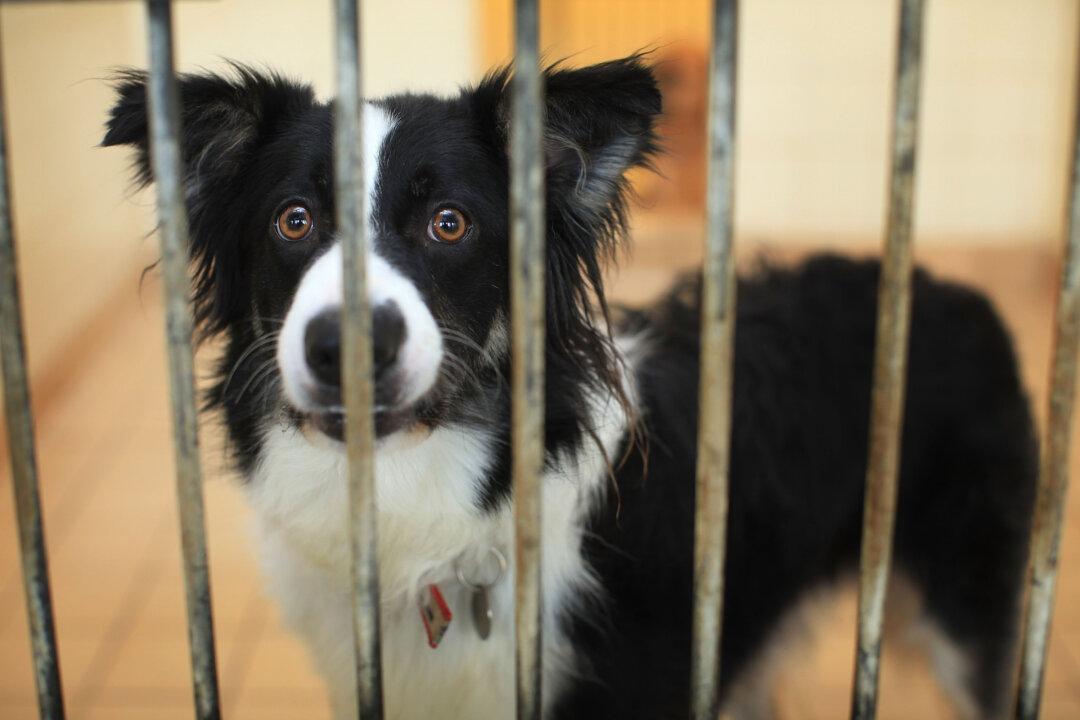Commentary
It was 2017, and I was caring for my elderly mother full time in my home. We had recently lost my dad to Alzheimer’s and money was tight—the worst time for our beloved dog to get sick.

It was 2017, and I was caring for my elderly mother full time in my home. We had recently lost my dad to Alzheimer’s and money was tight—the worst time for our beloved dog to get sick.